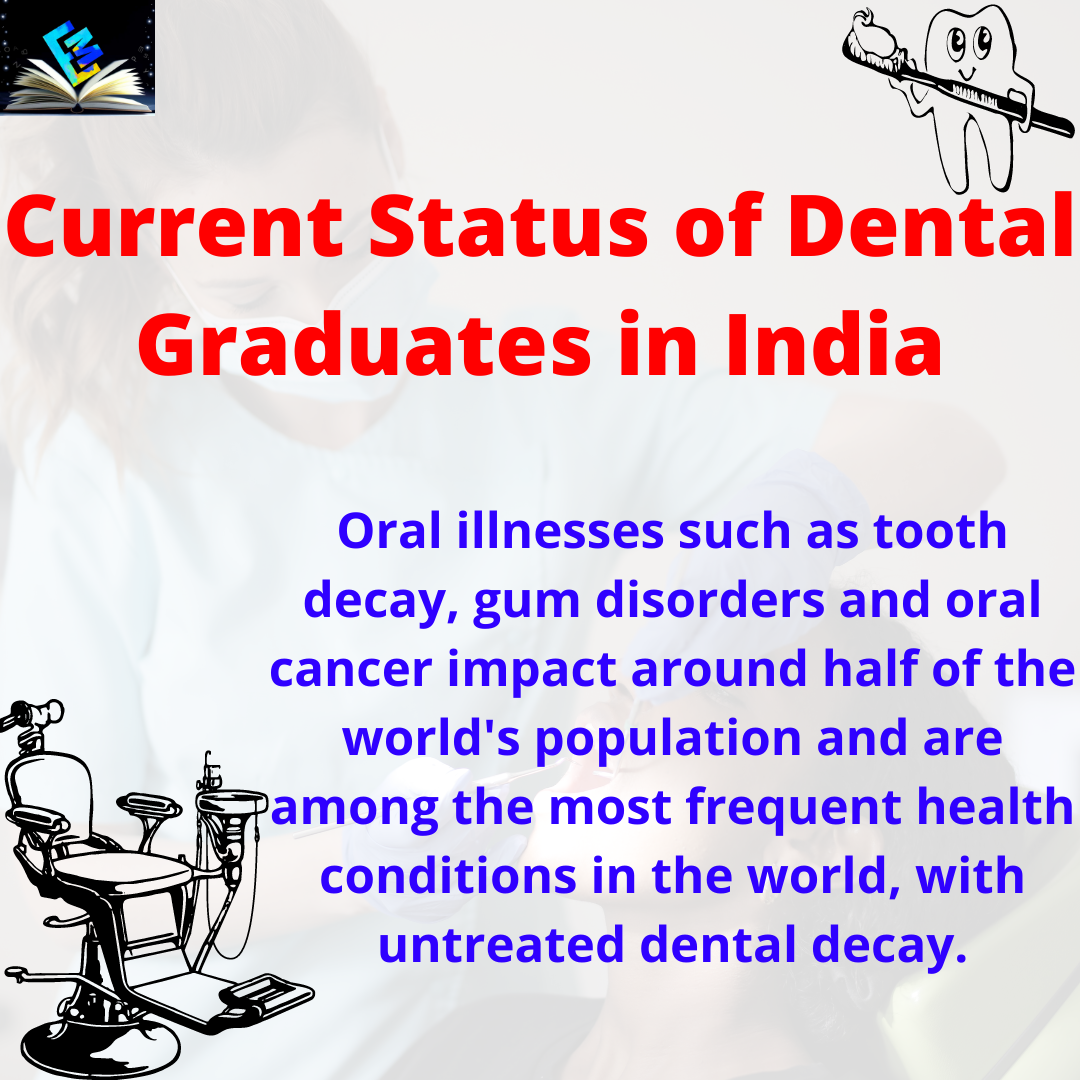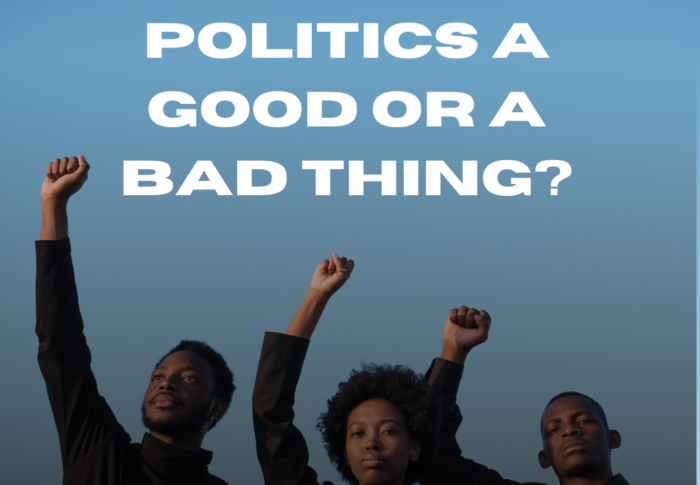
Current Status of Dental Graduates in India – Oral Health
Oral illnesses such as tooth decay, gum disorders and oral cancer impact around half of the world’s population and are among the most frequent health conditions in the world, with untreated dental decay.
AUTHOR : DR. SAUMYA LAL
Introduction
Oral illnesses such as tooth decay, gum disorders and oral cancer impact around half of the world’s population and are among the most frequent health conditions in the world, with untreated dental decay. The most common ailment is oral problem in India and has stayed intact for the last 30 years. The fast expansion in the number of dental schools in the country, however, has neither reduced the burden of oral illnesses or provided oral health care access to all sections of society.
Most oral conditions may be avoided or may simply be handled with little intervention, if diagnosed early. A suitable “skill blend” in the dental staff is necessary. For nearly 313 dental colleges in India, dentists are only trained by 54 dental schools; dentistry mechanics training is provided by 90 dental colleges; and dental assistants are trained by 25 dental colleges. The incidence of oral illnesses has not improved significantly in India during the last three decades, emphasizing that the political and service-life aspects of oral health are not of any relevance.
There are several obstacles to oral health in India, as:
- lack of recognition that oral health is important to people, which perceives it independent of and secondary to general health;
- no access to oral health care services for many on account of geographical distances;
- Dental health workers in India have a low population-to-population ratio. Dentists are unequally distributed nationwide, most of them are found in metropolitan areas.
Current Situation
There are other estimates that there are 3 lakh dentists in India but their dispersion across the country is unequal. India in 2001 had a dentist in urban regions for every 10,000 people and a dentist in rural regions for every 2.5 lakh. The demand for an equilibrium supply was excellent at one point, but the current imbalance might see up to 1 lakh of dentist oversupply in India by 2020.
DCI tried hard to decrease dental graduates’ performance by allowing colleges only when they had a medical school affiliated to them. However, this was not sufficient, as is clear by the increasing number of dental graduates with reduced chances of employment each year. Unemployment has invaded the health industry with supply overloads in the number of new dental graduates on the market. India has decided to discontinue allowing the opening of new dentistry schools. It was adopted at the last General Board Meeting of the Indian Dental Council (DCI), which granted new institutes authorization. It was decided that many of the current colleges want the council to refuse authorization for new institutions to make fresh bids. They also claimed that the high unemployment rate is a reason why new institutions should not be given approval. In recent years, dentistry in India has developed rapidly. Notably, the number of dental schools and of persons joining the dental profession has increased considerably in the previous 15 years. The quality of education and likely reduction of jobs in the next few years for dentists due to excessive dental output and market saturation are nonetheless a major worry for both professionals and the general public.
Dentistry is a noble occupation. A Bachelor of Dental Surgery degree demands years of commitment to the dental topic. However, the present status of dental graduates in India is serious even after such arduous efforts. The major source of the problem is a number of problems. As a result of a lack of assistance from the government, dental graduates are in difficulty. If it continues, the credibility of the dental profession will be negatively affected and the country’s highly qualified dental staff would go in vain. In dental grads, there are several causes that contributed to the present issue. Some of these factors could be related to lack of dental attention, a random distribution of dental colleges throughout the country, lack of government jobs, high competition in private practise, expensive equipment, insufficiency in Indian public awareness of oral medical care, very few postgraduate seats in government universities, very high fees for private schools, etc.
Different actions to alleviate inequity in dental care in India.
- establishment in villages, schools, old-fashioned homes or orphanages;
- satellite services for oral health services for the people in remote and poor areas;
- mobile vans for remote village access;
- use of oral health staff and preventive programmes.
- the Indian Dental Council might provide competence-based, communal training in internships for pro-professional bodies in India;
- reducing the tax on toothpastes and dental equipment in order to make them publicly and dentistry more affordable;
- supporting the local production of dental products to create and reduce employment; and
- integrating oral health into overall health, making it more community-acceptable.
- The Indian government initiated the AIIMS national oral health program: changes in the causes of poor verbal health;
- reductions in oral morbidity; integrate the oral health promotion and preventive services with the overall health care system; and
- support the development of oral health and prevention services with a general healthcare system;
Conclusion
Dentistry planners and policymakers have a need to grasp the specific requirements and resources of development for an efficient oral health policy with suitable credentials and training in public health dentistry. Other government initiatives that offer basic oral health requirements of the large underserved populations of this nation can also be supported by professional dentistry organizations.
There are several articles on the issues of dentists in India published in the medical literature. However, the government of India is still not taking drastic efforts to improve the dental graduates’ condition. Several actions are necessary to manage the dental graduates’ bad position. First, the number of dental schools should be controlled, as the number of dental schools is larger than the total number of graduates’ posts. It is high time to manage dental surplus, as this simply leads to increased rates of unemployment.
Suggestions
Increasing employment possibilities in rural areas might increase the imbalance between the rural and urban dentists, therefore attracting dental graduates in rural regions and therefore divert the concentration of dentists in urban areas to underserved areas. Initiatives are being taken by the government of India to establish dental practises in rural regions through incentives that are genuinely important. In government hospitals and primary health centres, the government of India must prepare to generate new dentistry graduate jobs. Some of the causes that play a leading role in such a crisis are the non-uniformity of the method, unfair distribution in dental institutions across India, lowered education quality and obstacles to private practise, difficulties in graduating, financial stability etc. While not all such issues can be addressed quickly, DCI and the Indian government can do something to maintain their interest in the dentistry stream for dental graduates.
Unless suitable choices are taken on time, the integrity of the dental trade will be affected, and the country’s highly qualified dental workforce would be in vain.
FOR MORE INFORMATION VISIT OUR SITE






